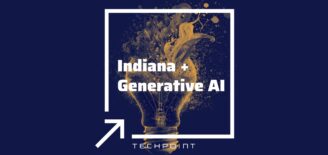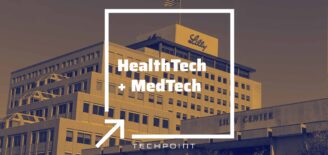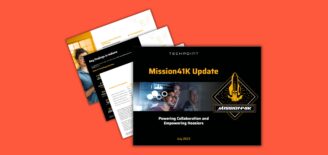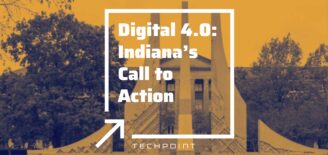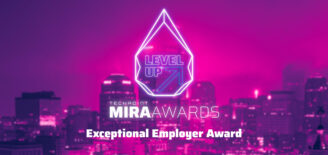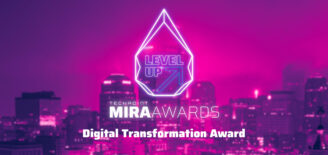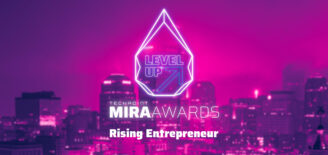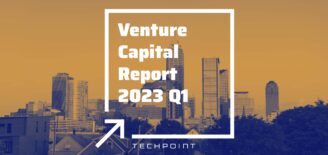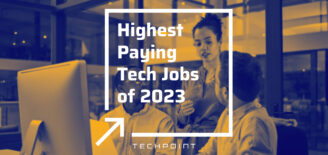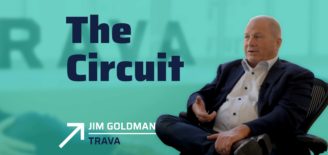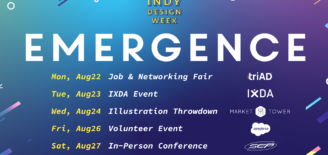It’s a fact: hiring and retaining software developers is going to be an increasing priority for your company in 2015. The talent competition is heating up as new companies move into central Indiana.
Just last week, marketing intelligence startup DemandJump chose central Indiana over Austin and San Francisco to invest more than $1.2 million and add more than 80 jobs by 2018. Last month Eleven Fifty Academy and Eleven Fifty Consulting, also based in Carmel, detailed plans to invest nearly $1 million and add a combined 92 jobs.
This means there are more jobs for developers and other IT specialists to choose from, and more talent competition for existing technology consulting firms and tech-enabled firms.
What can you do to retain your top IT talent?
The good news is that, in the long run, the more job-choice there is in central Indiana, the more likely we are to attract and retain locally educated or grown talent. But in the short term, every employer with IT staff needs to look honestly at itself as a talent competitor and develop a multi-faceted strategy to attract and retain top employees.
Smart companies focus first on their existing staff because as long as these IT staffers stay and continue to grow their skills, the organization needs only to recruit for new positions added. Since turnover begets turnover, turnover prevention is the name of the game!
We read a lot about what huge technology firms are doing to keep their much-recruited staff members, but what can a small or medium-sized firm do to keep its mission-critical staff members?
The answer is to focus on your culture. A casual, inclusive, collaborative environment with high standards is an IT talent magnet. Consider these tested retention tools:
- Develop your managers. The number one reason employees leave is their manager. According to Gallup, managers are responsible for 70 percent of their employees’ engagement (read: productivity). Regular feedback and timely performance reviews are just part of good management. Managers need training with this, and you need to invest in it.
- Offer real work/life balance including flexible work hours. To your employees “work is a thing you do, not a place you go.”
- Develop your staff with flexible training formats. Use a mix of classroom, e-learning, video, action learning projects, mobile formats, and so on. For both Gen Xers and Millennials, once they think they have learned everything, they leave.
- Build in more collaboration. Two heads may be better than one, but six heads beat two! Use collaboration software to enable participation from anywhere. The younger your staff, the more they want to collaborate—and the more experienced they are with collaboration software.
- Develop and implement a diversity hiring and retention plan. The more diversity you have today, the more you will have in the future. Millennials are the most diverse generation to date—43 percent are bilingual, for example. And with a tightening local hiring market and more emphasis on hiring using H1B visas, having a diversity plan is critical.
- Develop your managers to lead diverse teams. In Indiana we are teaching English as a second language to children from more than 200 different language backgrounds. Language, culture, gender, and even style differences can too easily become productivity barriers—yet diverse employees can be the key to developing software that works for all, not just today but tomorrow.
- Hold fewer meetings. Today most employees feel they have too many meetings—so look where you can eliminate them. Make sure those you do hold are well run, on time, and involve decision making.
- Create a real mentoring program for experienced employees. Mentoring is a draw for young talent, so if you don’t have a mentoring program in place, explore creating one. Carefully select and train mentors. Focus on soft skill development.
- Regularly reward and recognize accomplishments. Use low-cost, no-cost fun to reward milestone achievements and conferences or technology upgrades to reward significant achievements.
- Offer free food and excellent coffee. Bad coffee costs you in tardiness as employees stop at Dunkin Donuts or Starbucks. Have a coffee taste off and let your staff choose. During the day, offer fruit, energy bars, baked chips, and the occasional pizza or sandwich delivery to keep your employees fueled.
It’s important to focus on a well-balanced mix of these tools. While the free food and good coffee are serious and desirable cultural elements, don’t think for a minute that they will substitute as retention tools in the face of a poor manager or otherwise rigid culture.
You need multiple retention strategies. As you work on this, recognize that becoming a 2015 IT talent powerhouse takes work — but know that by becoming one, you’ll benefit your bottom line!
Nancy S. Ahlrichs, SPHR, SHRM-SCP, is an author, a frequent speaker and a business development consultant for FlashPoint, a global talent management consulting firm.


